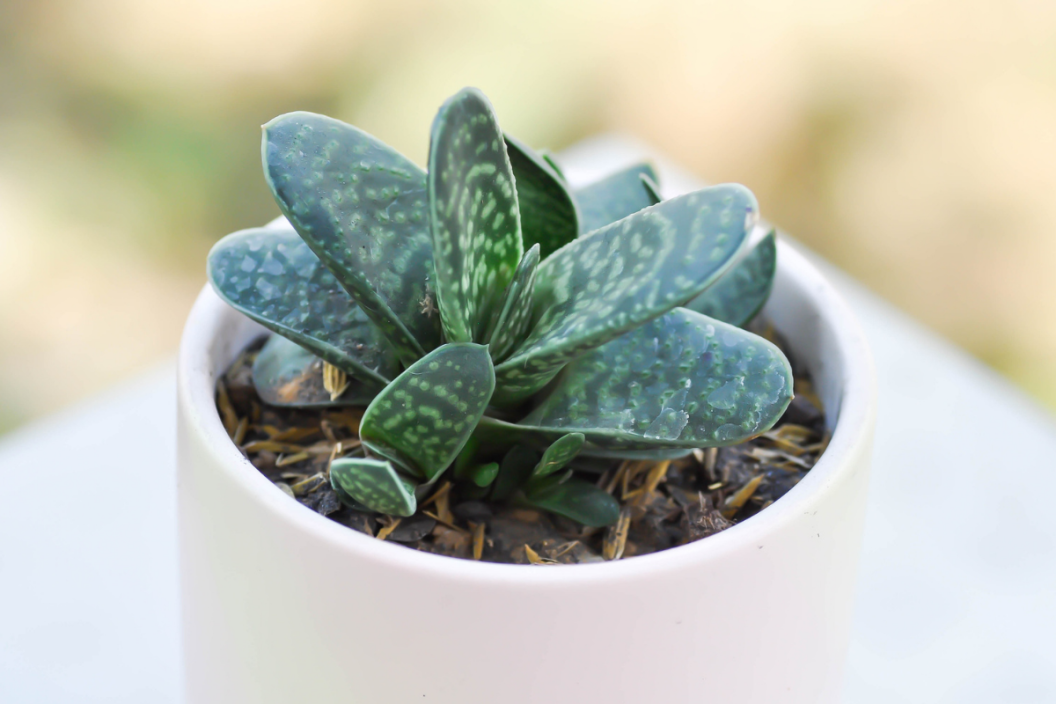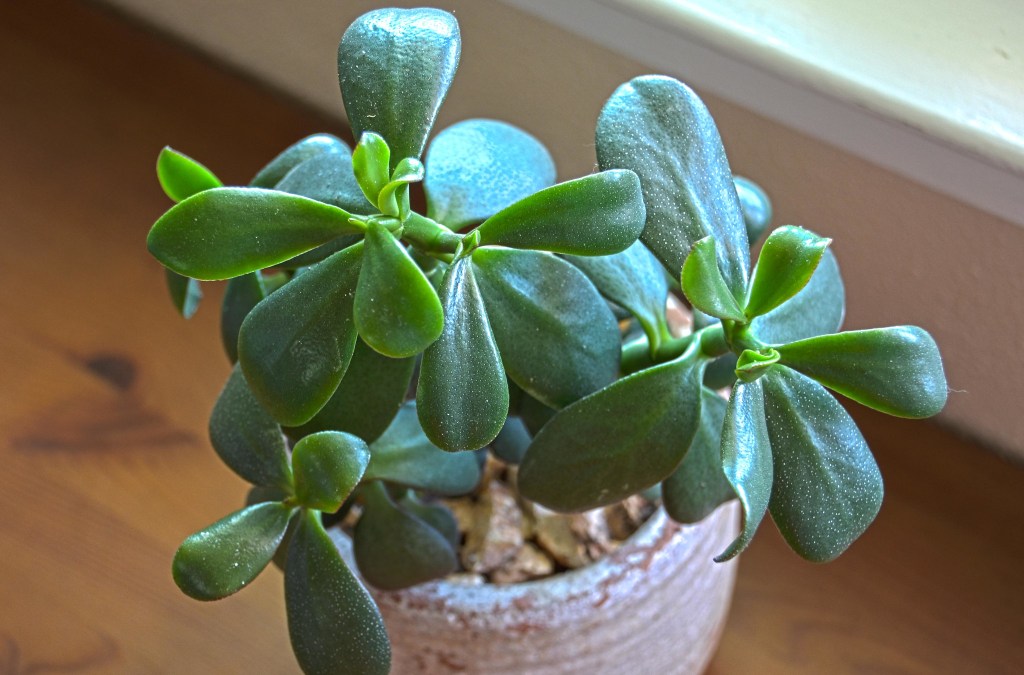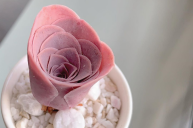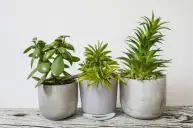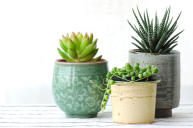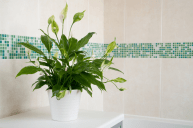As an aspiring plant mom, I've had a lot of failed attempts at plant cultivating. There's nothing worse than buying thriving flowers and succulents, only to have them wither within weeks due to lack of sunlight or water. Sometimes it can be difficult to figure out what went wrong, since every plant has different needs. A great way to avoid all of this is to find low-maintenance plants that already fit the conditions you can provide for them. For those of you in the aspiring-plant-mom boat, here are 10 lovely low light succulents that will thrive with minimal care!
Videos by Wide Open Country
1. Snake Plant
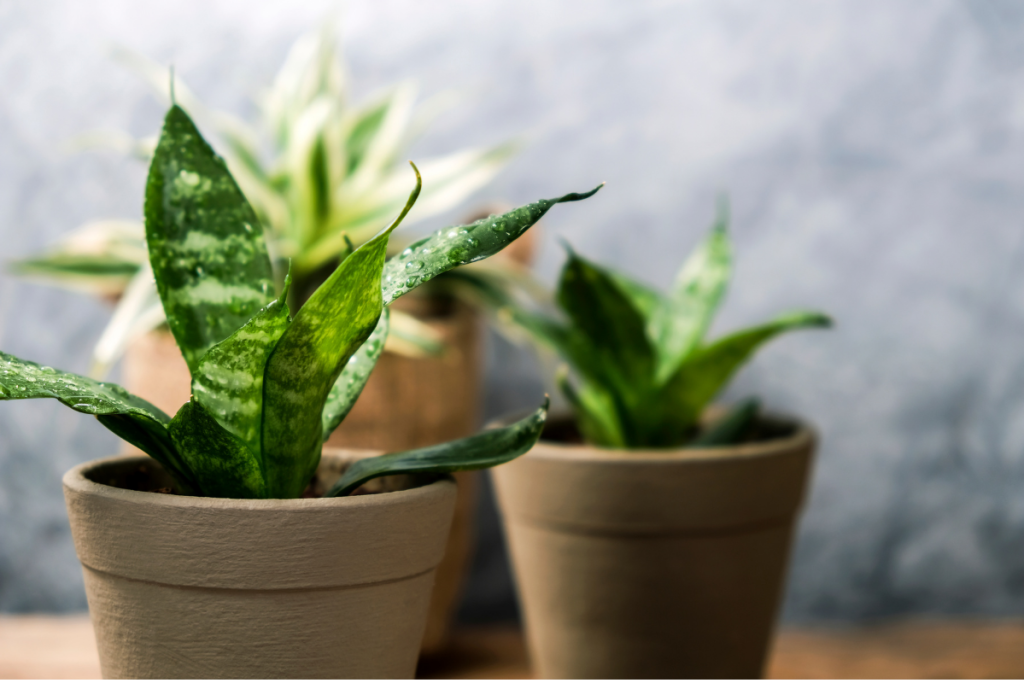
The snake plant, or mother in law's tongue, is famous for being very adaptable and resilient because it flourishes in any room, no matter the light level. It has dark green leaves that grow upward in an undulating manner, similar to a snake, hence its name. The snake plant only needs to be watered monthly and is considered the best indoor plant because of its ability to cleanse the air. Most plants produce carbon dioxide at night due to the pause in photosynthesis, but the snake plant or Sansevieria continues releasing oxygen. This special quality of the Sansevieria trifasciata, along with its low level of maintenance, makes it ideal for a bedroom or living room!
2. Haworthia Attenuate
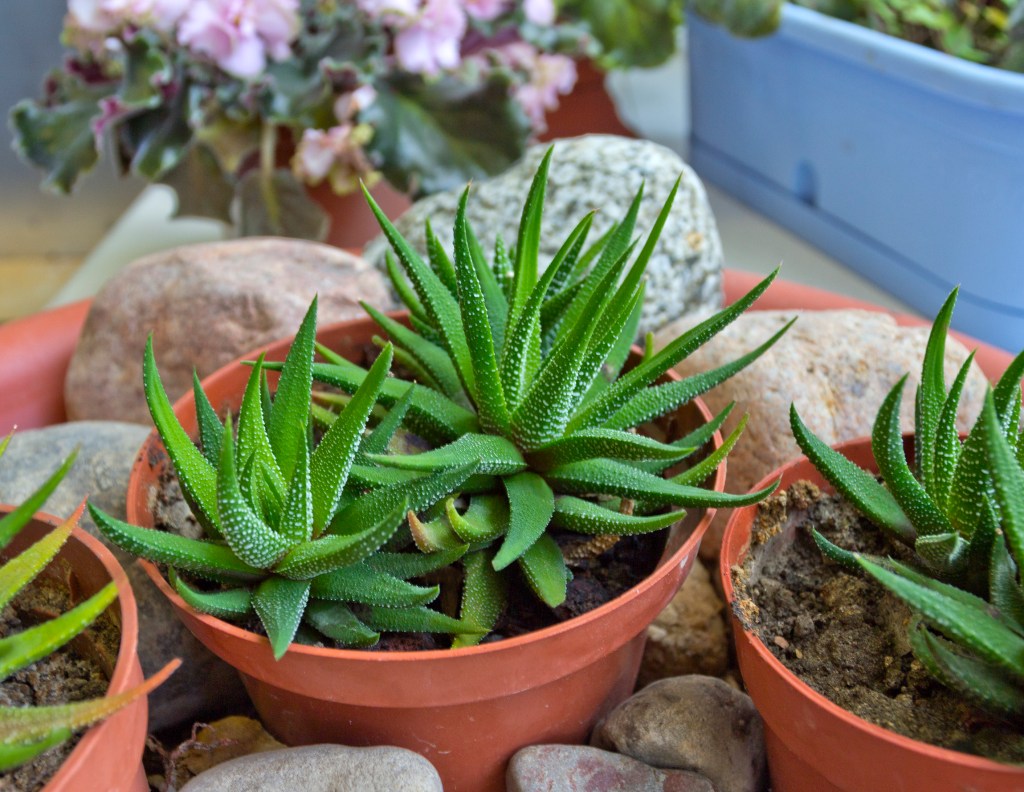
Getty Images
The Haworthia Attenuate, part of the aloe family, is another low light succulent perfect for brightening your house. This is ideal for a windowsill facing east or west, since this will allow it to soak up some bright light for a few hours of the day. While the Haworthia likes direct sun for part of the day, it is also well-adapted to lower light conditions in homes and offices. The Haworthia needs to be watered every 2-3 weeks depending on how much light it receives (the more light, the more water). This succulent is, known as the zebra cactus because of the stripes on its leaves, is from South Africa. This striking plant has long, leaves that grow upward like swords, the perfect decoration to make your home pleasant and inviting.
3. Aloe Vera
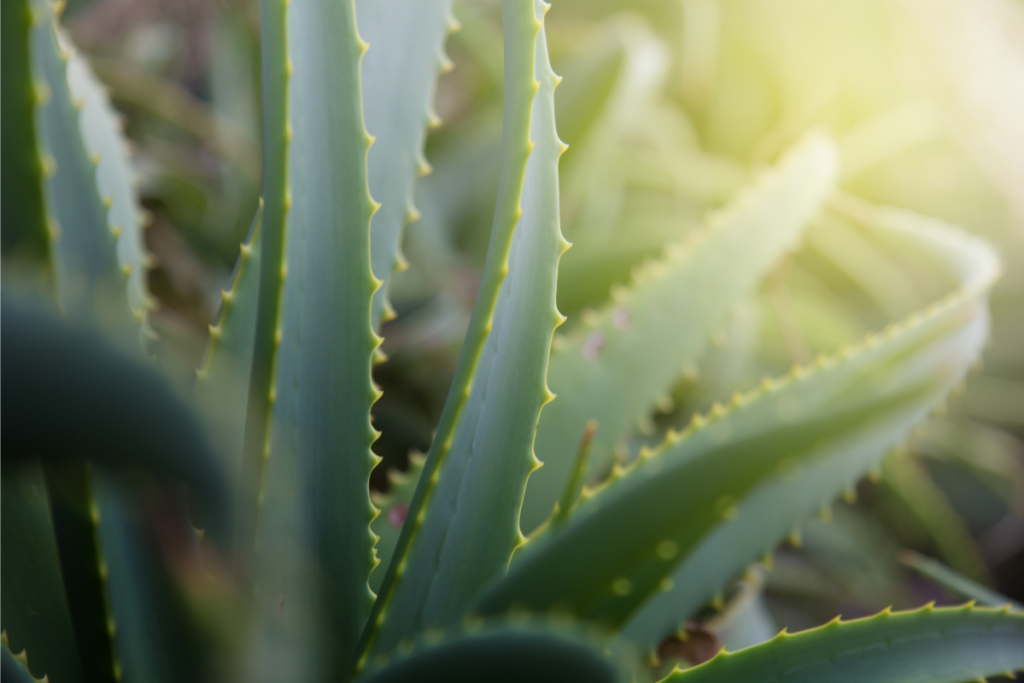
Aloe Vera, well known for being a natural treatment for sunburn, is also an excellent choice for a low-light succulent. This house plant needs to be watered infrequently but in large quantities, making it super easy for plant moms with busy schedules. The aloe Vera has long, straight leaves that grow upward in spikes. These lovely succulents should be planted in fast-draining potting soil to avoid water buildup, which can be bought on Amazon.
4. Gasteria
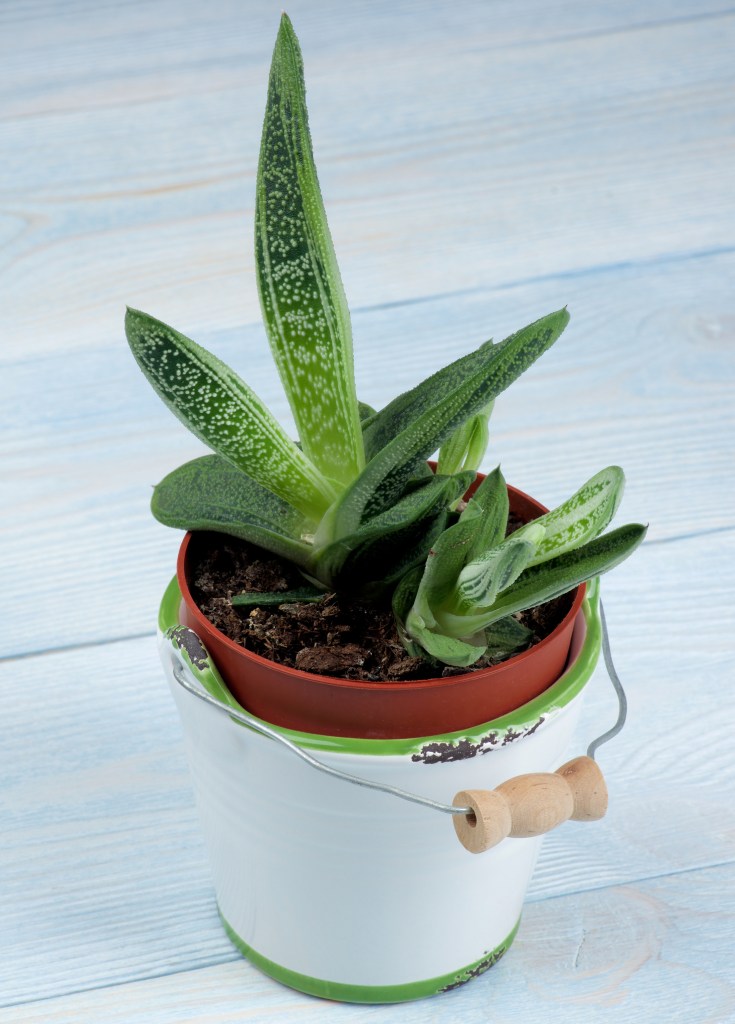
Getty Images
Another native of South Africa, the Gasteria thrives in low light conditions; in fact full sun will cause its leaves to become discolored. This rare succulent is colloquially called ox tongue or lawyer tongue because of its long leaves with rough texture, reminiscent of a tongue. Gasteria plants are adorned with a variety of colors and patterns depending on the particular species.
5. Jade Plant
The jade plant, otherwise known as the money tree or lucky plant for its association with good fortune, is a popular houseplant worldwide. This one is my personal favorite because of its friendly rounded leaves and little tree trunks, making your plant look like a little tree! The jade plant thrives in low sunlight or partial shade and does well in any climate, but its soil should be changed every few years.
6. Ponytail Palm
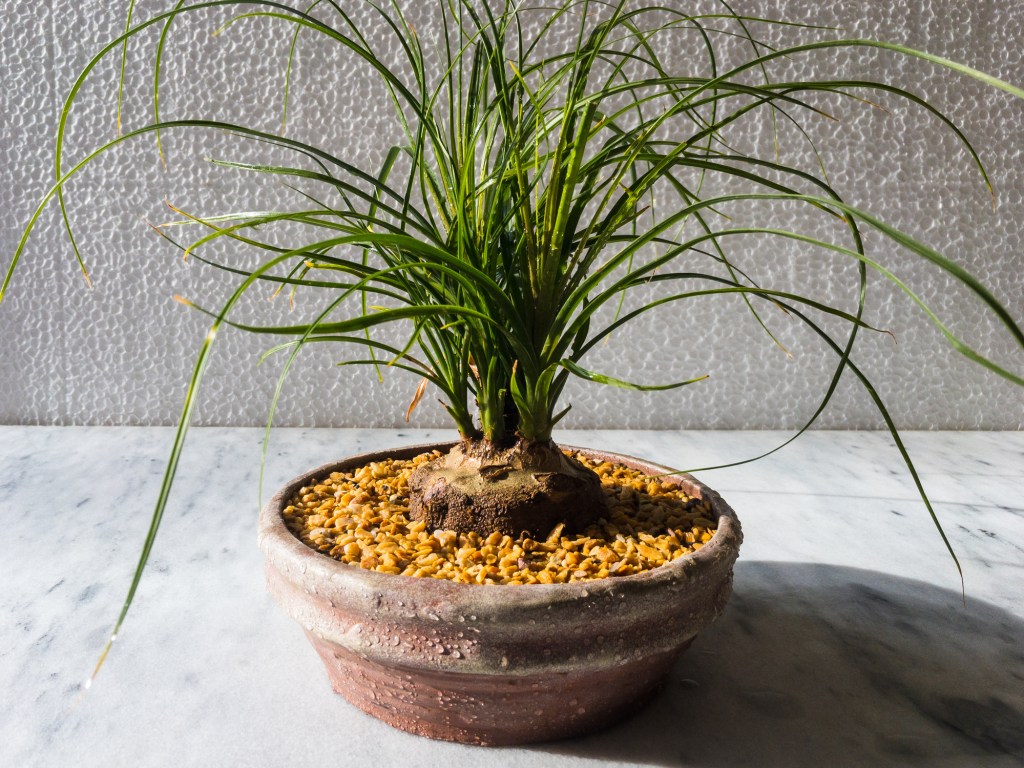
Getty Images
The Ponytail Palm or Beaucarnea recurvata is a great choice if you hope to diversity your plant family, since its ponytail-esque leaves are quirky and distinct. The trunk of the ponytail palm is made to store water, so like all succulent plants, ponytail palms don't need much water to thrive. When you do water them, be careful of over-watering and allow the top few inches of soil to dry out before doing so. Another great choice for a low light environment, the ponytail palm's leaves grow up to 4 feet long, so make enough room in your house for this elegant succulent.
7. Kalanchoe Tomentosa
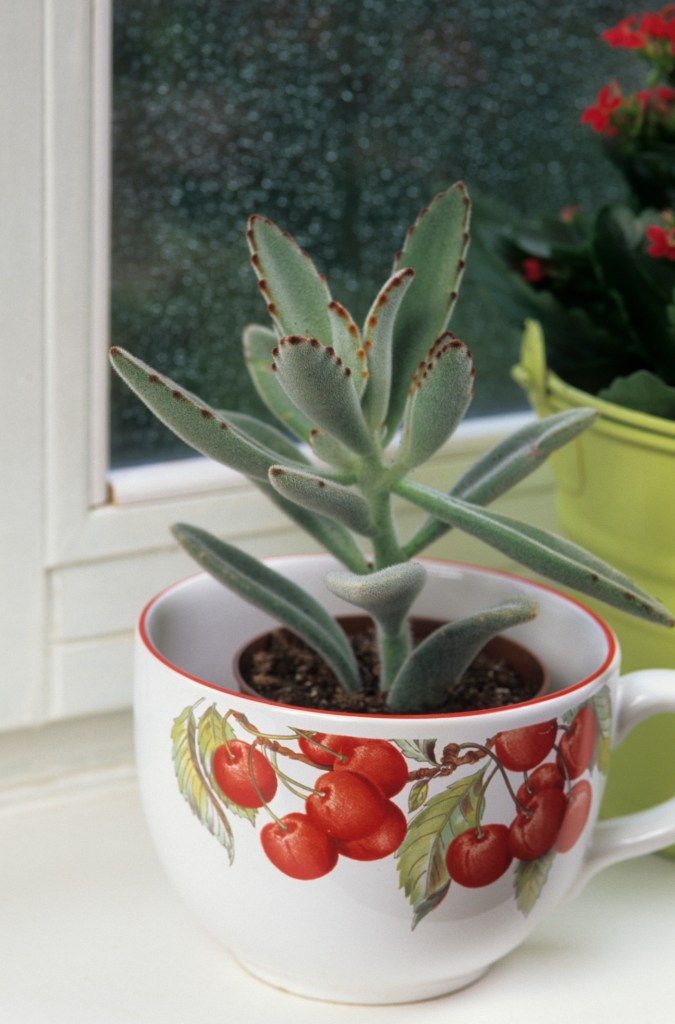
Getty Images
The Kalanchoe Tomentosa from Madagascar is a great option for new plant moms (and dads), since it needs little care and attention. Also known as the panda plant, pussy ears or chocolate soldier, this succulent has soft leaves rimmed in magenta. The Kalanchoe Tomentosa thrives in low to medium indirect light, as direct sunlight can damage its leaves. The panda plant is very resilient and only needs to be watered once it has completely dried out.
8. Mistletoe Cactus
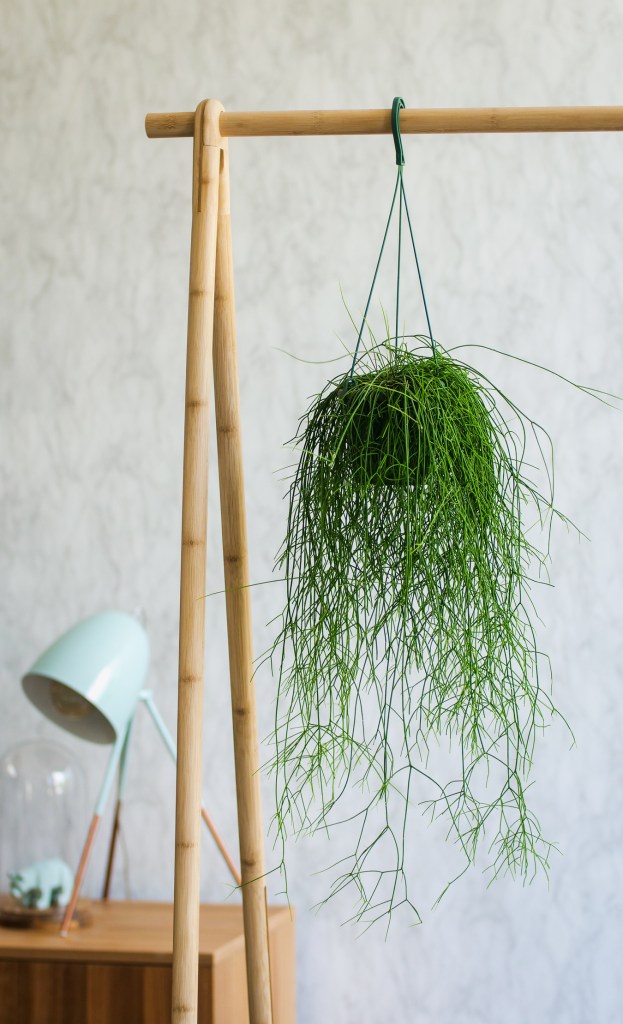
Getty Images
The mistletoe cactus, or Rhipsalis baccifera, is a tropical succulent native to parts of Latin America along with Florida. This fun and unique succulent is ideal for hanging baskets, which allow lots of space for its long-reaching leaves. This could be an even cuter look with a diy hanging basket made from macramé or twine! The mistletoe cactus is unique because, while most cacti enjoy hot, arid environments, this guy soaks up moisture and dim to medium light. Also, its flattened stems are similar to those of the Christmas cactus. Best in average to high humidity, this is a fun addition to any plant collection.
9. Sedum Morganianum
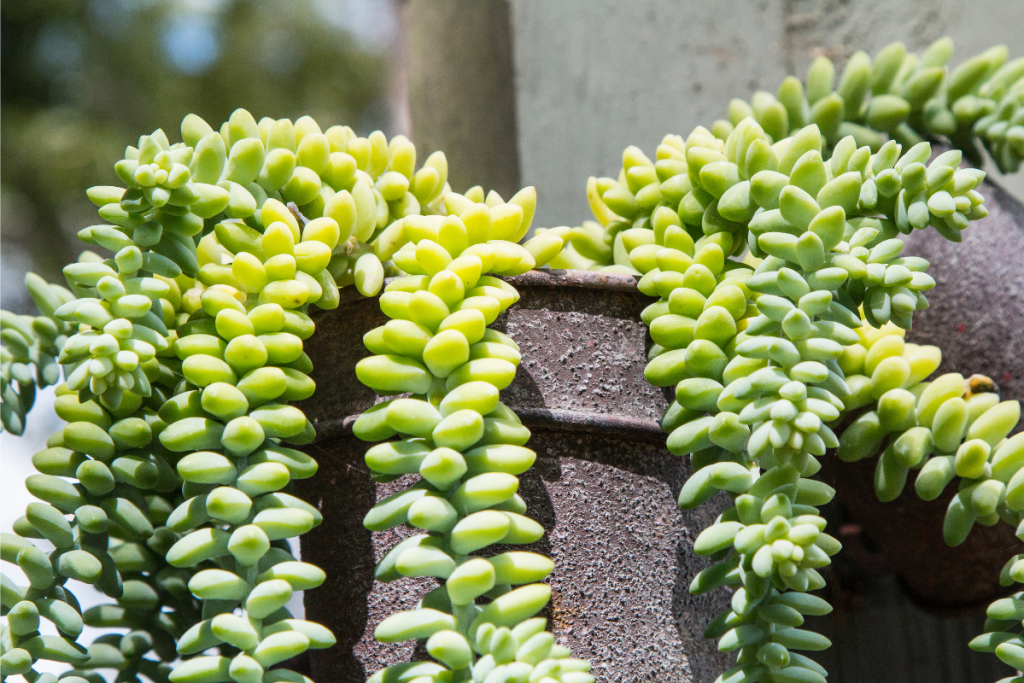
Also known as burro's tail or donkey tail, the Sedum Morganianum thrives in partial sun or bright shade. While bright sun can scorch this indoor succulent, morning sun provides the perfect light rays for nourishment. This lovely plant native to Mexico and Honduras produces pink flowers in the summer, which complement its rounded fleshy leaves.
10. Zamioculcas Zamiifolia
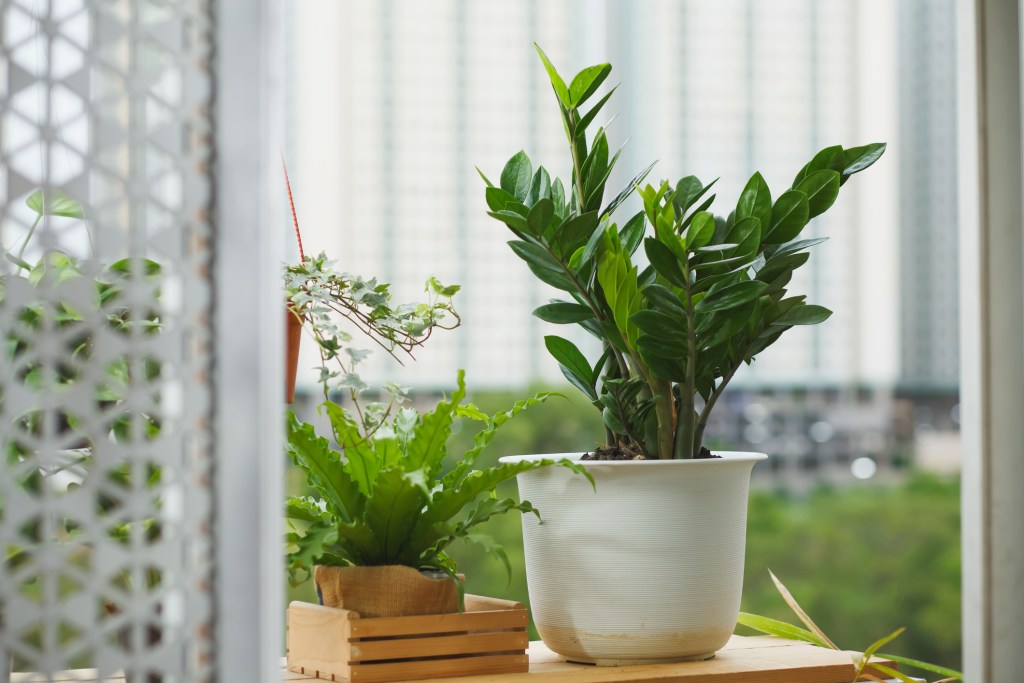
Getty Images
Otherwise known as the zz plant, this beautiful succulent is another perfect choice to add some character to your home or office. The zz plant is self-sufficient and only needs to be watered every 1 to 2 weeks. This houseplant does well with low light and even loves the fluorescent light of office buildings, but it should be kept out of direct sunlight. One downside of the zz plant is that it is poisonous, so it should be kept out of reach of pets. The Zamioculcas Zamiifolia has charming, shiny, dark green leaves that add a spark to your living room.
Products featured on Wide Open Eats are independently selected by our editors. However, when you buy something through our links, we may earn a commission.
